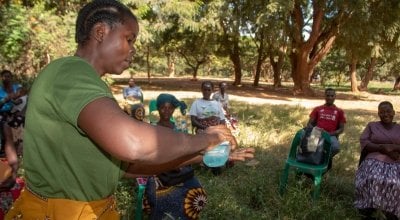
Knowledge Hub
In many of the countries where we work, nutritious meals aren’t easy to come by – which can significantly hinder young children’s growth and development. That’s why we’re helping people grow their own paths out of poverty.
From back gardens in Malawi to vegetable patches in the Rohingya refugee camps, these humble veggies are changing lives – and saving them, too. Try a recipe inspired by them and the countries they’re grown in.
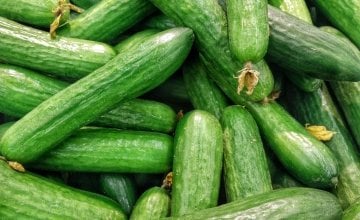
1. Cucumbers
Nutritional superpower: Cucumbers provide vitamins that support nerve health and potassium for a healthy heart, and can help our bodies stay hydrated in hot temperatures.
How they’re grown: Cucumbers are a ‘creeper plant’, which means their roots branch out into the soil and anchor themselves. This makes them ideal to grow in our sloping gardens in the hilly landscape of Cox’s Bazar, Bangladesh, home to almost 1 million Rohingya refugees.
Recipe: Bangladeshi cucumber raita
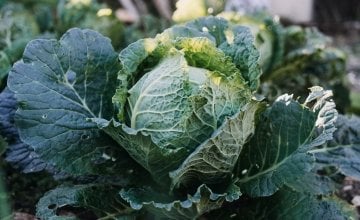
2. Cabbages
Nutritional superpower: Cabbages are a rich source of fibre, which is a vital ingredient to a balanced diet for children and helps give them a healthy digestive system.
How they’re grown: Cabbages are often found growing in home gardens in Liberia. These gardens are situated as close as possible to people’s houses, so the vegetables can be picked fresh and cooked straight away to preserve the nutrients.
Recipe: Liberian cabbage stew
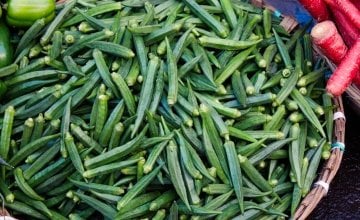
3. Okra
Nutritional superpower: Okra contains lots of fibre, helping bellies feel fuller for longer. It also contains Vitamin A, important for the immune system and good eyesight.
How they’re grown: Okra is another vegetable commonly grown in Concern’s home gardens around the world. These gardens can be built in different shapes – round, keyhole or square - and are raised about a metre above ground so they can trap moisture more easily.
Recipe: Ethiopian-spiced baked okra
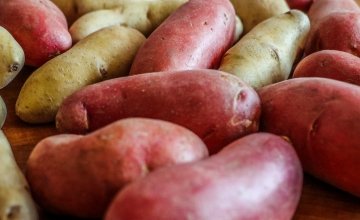
4. Sweet potatoes
Nutritional superpower: Sweet potatoes are a good source of iron, which helps red blood cells and prevents conditions like anaemia.
How they’re grown: This versatile vegetable is one of the most recent additions to our backyard gardens in the Pugnido refugee camp in Gambella, Ethiopia. Here, ration packs distributed to refugees don’t have a lot of the vitamins and minerals children need to grow up healthy. Enter: the sweet potato, selected for being high in vitamin A, which is important for growth and maintaining the immune system.
Recipe: Sweet potato and lentil wat
We eat twice a day – usually beans and vegetables cooked in a little oil and eaten with potatoes or ugali made from ground maize or cassava root. If we’re lucky, we harvest a good quantity so we can sell some at market and buy other fruit and vegetables with what we earn.
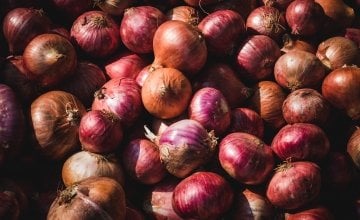
5. Onions
Nutritional superpower: Onions are packed full of Vitamin C which helps uphold a child’s immune system, protecting them from disease.
How they’re grown: In Burundi, onions are a popular cooking ingredient and one of the vegetables most often grown in our kitchen gardens. These gardens are built to trap moisture in harsh weather conditions, making them well equipped to grow produce even through Burundi’s lengthy dry spells. With onions in high demand in local markets, people can sell their excess produce and make a profit.
Recipe: Kachumbari from Burundi

6. Aubergines
Nutritional superpower: Aubergines are high-fibre vegetables that contain nasunin, a strong antioxidant that protects the brains’ cell membranes - making them ideal food for growing children.
How they’re grown: In the Pugnido refugee camp in Ethiopia, aubergines have quickly become a new staple for refugees from the Nuer and Agnuak communities, who had never tried them before. Grown in backyard gardens, these meaty vegetables are produced without the use of chemicals, making them safer to eat and environmentally friendly.
Recipe: Maghmour, also known as Lebanese mousakka

7. Carrots
Nutritional superpower: Carrots are an exceptional source of carotenes and Vitamin A, helping to protect children’s teeth, gums and eyesight.
How they’re grown: Carrots are another staple in Concern’s home gardens in Burundi. A compost tower in the centre of the circular garden enriches the soil with precious nutrients, helping the surrounding carrots to grow. In Burundi, where 58 per cent of children grow up with their physical development and learning ability stunted by the lack of affordable healthcare and nutritious food, this vibrant veggie is a game changer.
Recipe: African spiced carrots
These versatile veggies are giving children around the world a varied and nutritious diet – and providing real hope for the future. That’s something worth celerybrating!
Why not lettuce know about your progress by sharing your dishes on social media? You can tag us on Instagram, Facebook and Twitter @concernuk.



